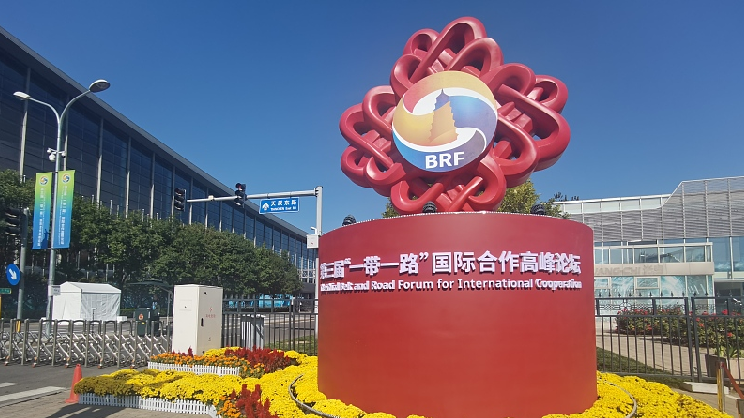
By María Josefina Arce
Since China launched the Silk Road and Belt Initiative in 2013, more countries have been joining this mega-project that has opened new avenues for international cooperation and exchange to encourage common development in the world.
As part of this plan, the Asian giant has signed collaboration agreements with more than 150 nations and 30 international organizations throughout its 10 years of life.
All this, Beijing stresses, with the UN's 2030 Agenda for Sustainable Development and the goals of the countries involved for their socioeconomic advancement very much in mind.
Palpable and fruitful are the results of the Silk Belt and Road, through which some three thousand cooperation projects and the investment of one billion dollars in infrastructure have been established.
This collaboration has been evident in a wide and diverse range of sectors such as energy sources, green development, finance, media, railways and ports.
Projects include, among others, the China-Laos railroad and the Jakarta-Bandung railway. The latter has been described by the Chinese authorities as a flagship initiative of cooperation with Indonesia.
According to the World Bank, by 2030, the transport infrastructure of the Belt and Road Initiative is expected to raise global real incomes by 0.7 to 2.9%, lifting nearly eight million people out of extreme poverty.
And to commemorate the tenth anniversary of this mechanism and explore new ways to strengthen cooperation, the Third Belt and Road Forum for International Cooperation was held in Beijing, bringing together representatives from more than 110 nations and members of dozens of international organizations, including UN Secretary General António Guterres.
During the meeting, Chinese President Xi Xinping pointed out that the cooperation of the Silk Road Belt and Road pursues development, seeks mutual benefits and conveys a message of hope.
Previously in the Chinese capital, such events were held in 2017 and 2019. In the latter, agreements worth 64 billion dollars were closed.
Initially this initiative covered Asia, Africa and Europe and later Latin America and the Caribbean joined, in an effort to promote multilateralism and connectivity with different land and maritime routes to favor cooperation with benefits for the peoples.
The Silk Road is a valid alternative to encourage development in a world with an unjust international economic order that generates poverty and inequality.

